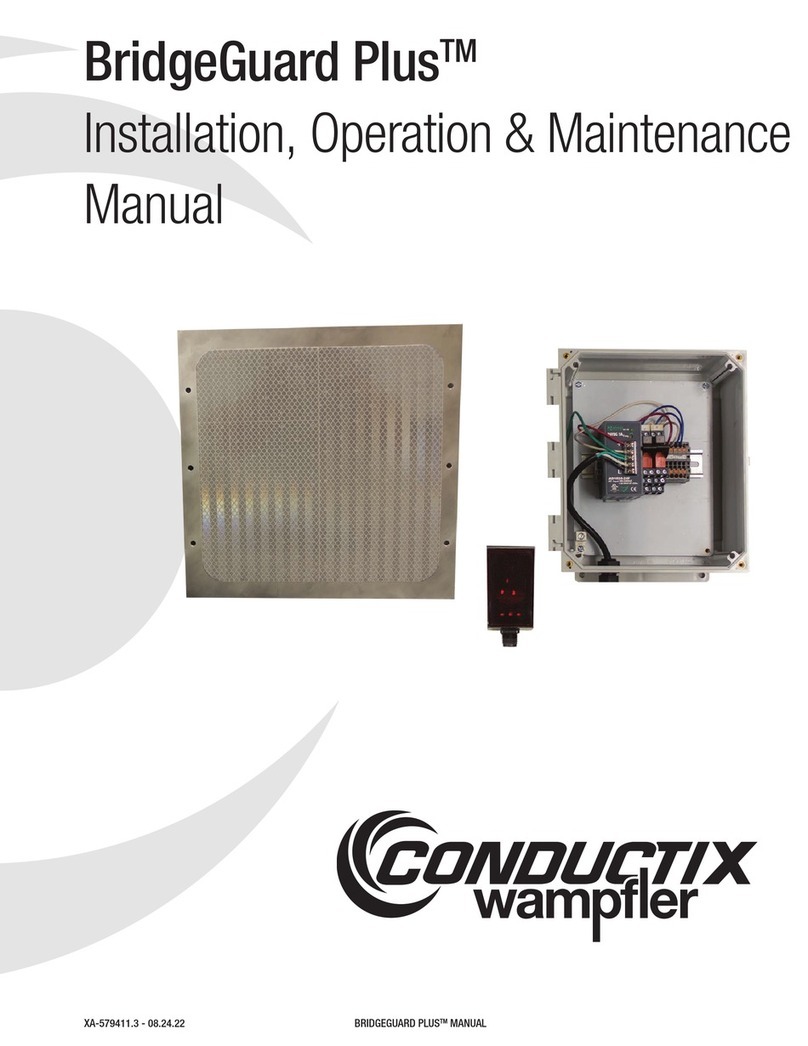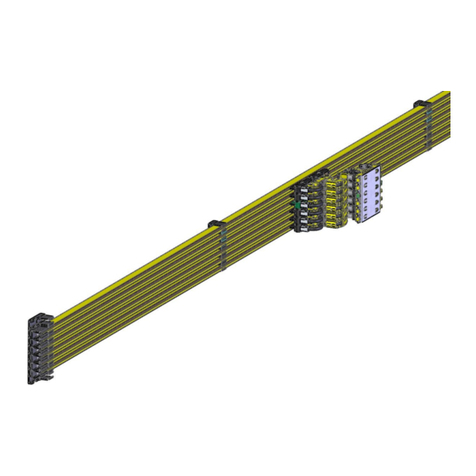BAL0813-0007-EN
www.conductix.com translated document page 3 of 108
5Transport, Packaging and Storage ...........................................................................................................................................38
5.1 Safety ........................................................................................................................................................................38
5.2 Transport ...................................................................................................................................................................39
5.3 Packaging..................................................................................................................................................................39
5.4 Storage of packaged parts ........................................................................................................................................40
6Installation.................................................................................................................................................................................41
6.1 Safety ........................................................................................................................................................................41
6.2 Provide additional protection against contact at the conductor rail end. ...................................................................44
6.3 System arrangement .................................................................................................................................................45
6.4 Installation of mechanical components......................................................................................................................46
6.4.1 Required tools ...........................................................................................................................................................46
6.4.2 Trim conductor rail.....................................................................................................................................................46
6.4.3 Install conductor rail system ......................................................................................................................................49
6.4.3.1 50
6.4.3.2 Mount hanger clamps ................................................................................................................................................50
6.4.3.3 Mount conductor rail ..................................................................................................................................................54
6.4.3.4 Connect rails..............................................................................................................................................................57
6.4.3.5 Line feed....................................................................................................................................................................60
6.4.3.6 Mount anchor clamp ..................................................................................................................................................63
6.4.3.7 Mount heating wire (optional) ....................................................................................................................................65
6.4.3.8 Mount expansion unit ................................................................................................................................................67
6.4.3.9 Mount air gap.............................................................................................................................................................69
6.4.3.10 Mount end caps .........................................................................................................................................................72
6.4.3.11 Mount pickup guide ...................................................................................................................................................75
6.4.4 Mount current collector ..............................................................................................................................................78
6.4.4.1 Current collector insertion from the side....................................................................................................................82
6.4.4.2 Typical mounting errors.............................................................................................................................................82
6.5 Electrical installation ..................................................................................................................................................83
6.5.1 Conductor Rail...........................................................................................................................................................83
6.5.2 Current Collector .......................................................................................................................................................83
6.6 Further Documents....................................................................................................................................................83
7Commissioning .........................................................................................................................................................................84
7.1 Safety ........................................................................................................................................................................84
7.2 Testing and initial commissioning..............................................................................................................................86
7.2.1 Test list ......................................................................................................................................................................86
7.2.2 Initial commissioning of the conductor rail system ....................................................................................................88
8Operation ..................................................................................................................................................................................89






























